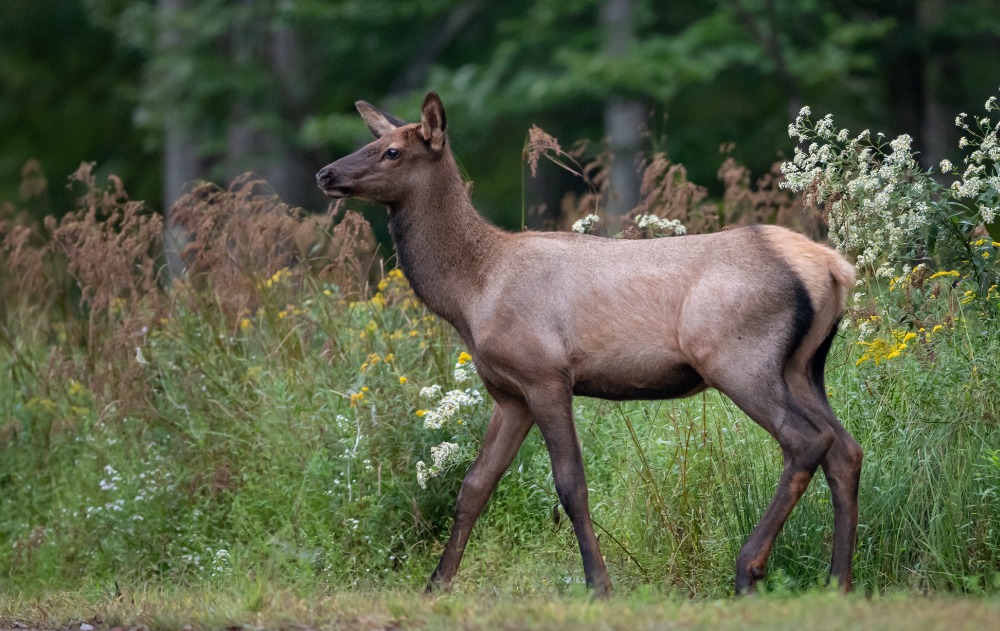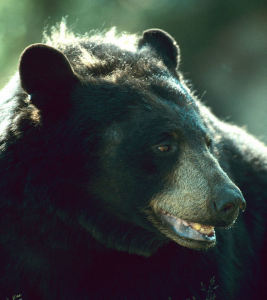Like watching a child come of age, many in West Virginia have had a close eye on their newfound elk herd. Floating close to 100 animals, the herd is showing signs of slow but steady growth since their reintroduction in 2016.
While the herd looks strong, there are concerns about growth and the state’s top elk boss believes we are a long way away from any sort of hunting season.
“It could actually set us back if we jumped on that too early,” said Randy Kelley, Elk Project Leader for the West Virginia Division of Natural Resources in a recent conversation on West Virginia Outdoors.
Without any official announcements or plans, there are murmurs in the West Virginia hunting community about whether or not the state’s herd is ready for a limited bull hunt.
Kelley’s concern, and one that echoes the sentiments of many Mountain State hunters, is that removing the mature bulls at this time would likely be detrimental to the overall herd health.
“It really messes with your herd dynamics because if somebody gets a bull tag, they’re going to want to take the big, mature bulls. But probably less than 30 percent of our herd is in that prime 5 to 9 year old breeding age. By removing those bulls of breeding age, you change the herd dynamics,” Kelley said.
With so many variables such as the amount of healthy bulls, predation and calving success, Kelley is reluctant to give any indication as to what the population would need to look like to facilitate a hunt.
Neighboring Virginia recently greenlit their inaugural elk hunt for this year and like biologists across the country, Kelley and his team are planning to keep a close eye on the effects of this year’s hunt.
“There’s no use to reinvent the wheel. We learn from what others are doing and have done,” he said.
Two studies are currently being conducted to help future decision making. The first study, being conducted in conjunction with West Virginia University, is looking to help determine genetic predispositions on survival rates, resistance to parasites and a variety of other factors.
The hope is that the results of this study will help reveal which bulls are fathering which calves and if any of the genetic traits from the two sources of elk are superior or make a difference in strength and survival.
The second study at the University of Tennessee is focused completely on brainworm – the number one threat to West Virginia’s elk since reintroduction.
“U.T. has developed a blood test to detect brain worm and we can send them a blood sample and find out if any of our elk have it even if they are showing no symptoms,” he said.
As of right now, Kelley and his team are not tabling the idea of importing additional animals from other states. With CWD rates rising, the plan at the moment is to stay put and concentrate on the establishment of the current herd.




